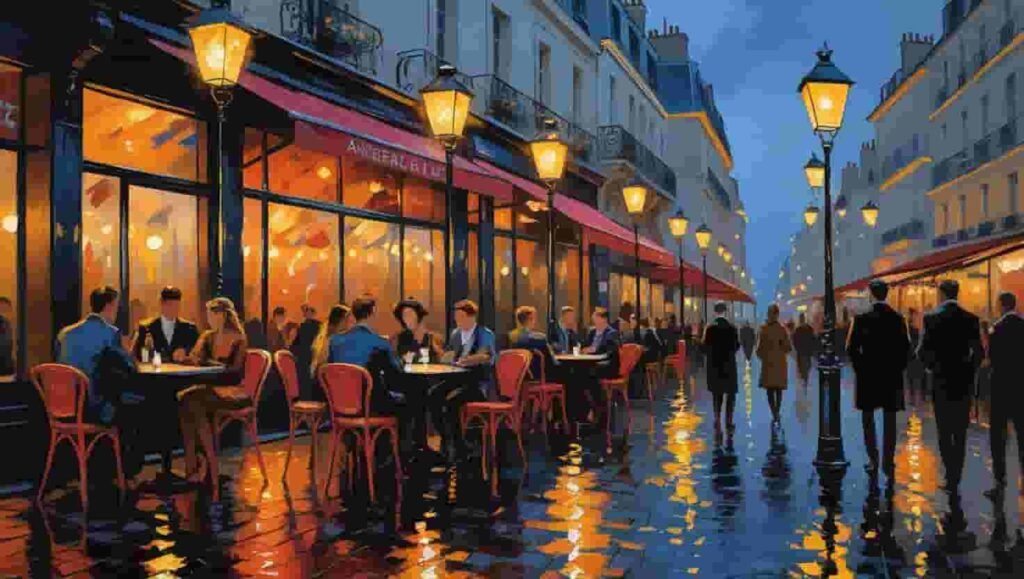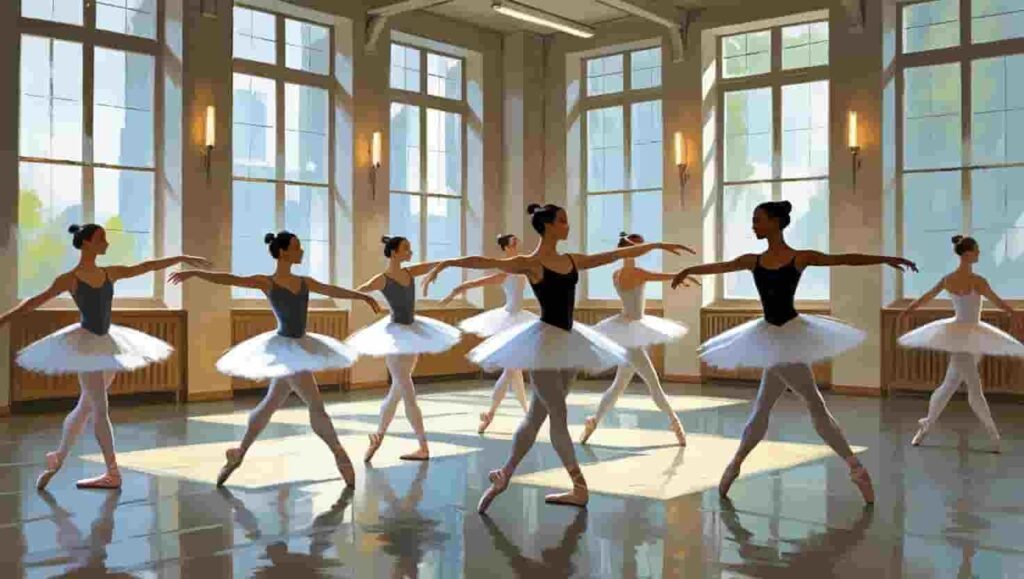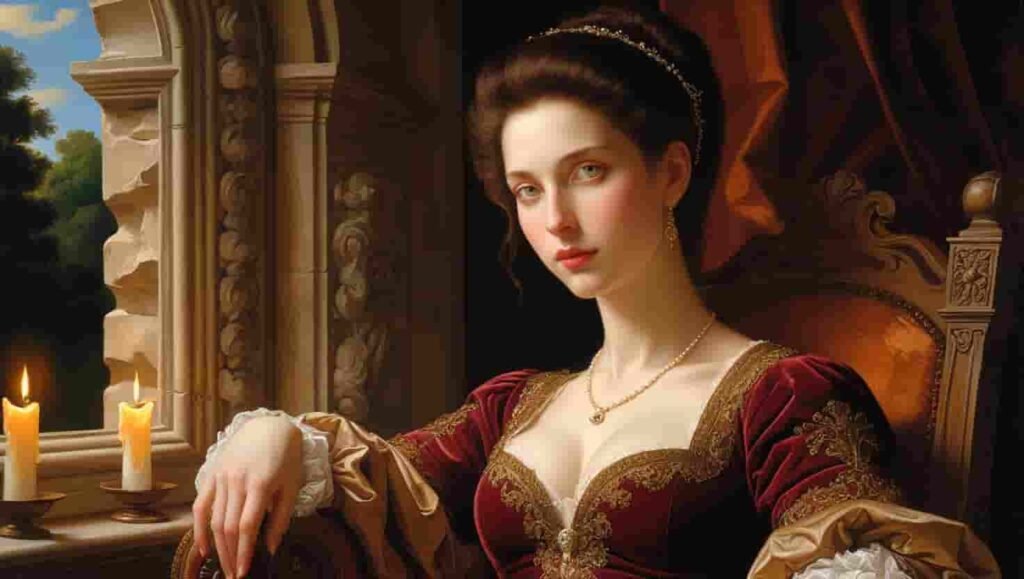Introduction of Impressionisms
In the midst of 19th century Paris, a revolutionary artistic movement emerged that would forever transform the landscape of modern art. Impressionisms, with its bold departure from academic traditions, introduced a fresh perspective on light, color and everyday life. This comprehensive exploration delves into the movement’s origins, techniques, key artists and lasting influence on the art world.
The Birth of Impressionisms
The story of Impressionisms begins in Paris during the 1860s, when a group of young artists grew increasingly frustrated with the rigid standards of the official Paris Salon. The movement got its name from Claude Monet’s painting “Impression, Soleil Levant” (Impression, Sunrise), which was exhibited in 1874. Initially used as a criticism, the term “Impressionisms” was embraced by these revolutionary artists who sought to capture fleeting moments of light and life.

Key Characteristics of Impressionist Art
Technique and Style
- Broken Brush Strokes: Rather than smooth, polished brushwork, Impressionists used visible brush strokes that created texture and movement.
- Pure Color Usage: Artists abandoned traditional color mixing in favor of pure, unmixed colors placed side by side.
- Natural Light Effects: There was an unprecedented focus on capturing the changing qualities of natural light.
- Open Air Painting: Known as “en plein air,” artists preferred painting outdoors to capture natural light and atmospheric conditions.
- Everyday Subjects: Rather than historical or mythological themes, artists focused on contemporary life and ordinary scenes.
Major Impressionist Artists and Their Contributions
Notable Figures and Their Masterpieces
| Artist | Key Works | Notable Characteristics |
|---|---|---|
| Claude Monet | Water Lilies series, Impression, Sunrise | Master of light and atmospheric effects |
| Pierre-Auguste Renoir | Luncheon of the Boating Party | Celebrated for portraying joyful social scenes |
| Edgar Degas | The Ballet Class | Known for capturing movement and urban life |
| Camille Pissarro | Boulevard Montmartre series | Expert in urban landscapes and rural scenes |
| Mary Cassatt | The Child’s Bath | Focused on domestic life and mother-child relationships |
| Berthe Morisot | The Cradle | Pioneer female Impressionist, known for intimate scenes |

Technical Innovations
Color Theory and Application
Impressionists revolutionized color usage by understanding and applying new scientific theories about color perception. They discovered that shadows weren’t simply darker versions of local colors but contained complementary colors. This led to techniques such as:
- Optical Mixing: Placing pure colors side by side to create vibrant effects
- Divisionism: Breaking color into its component parts
- Simultaneous Contrast: Using complementary colors to enhance visual impact
Light and Shadow of Impressionisms
The movement’s obsession with light led to groundbreaking approaches in depicting natural illumination:
- Elimination of black from shadows
- Use of colored shadows
- Capture of momentary light effects
- Emphasis on atmospheric conditions
Influence on Modern Art
Immediate Impact of Impressionisms
- Challenged academic painting standards
- Introduced new subjects and techniques
- Influenced development of Post-Impressionism
- Changed public perception of modern art
Long-term Legacy
- Inspired numerous subsequent art movements
- Influenced modern photography
- Affected advertising and design
- Continued impact on contemporary artists
Collecting and Viewing Impressionist Art
Major Collections of Impressionisms
- Musée d’Orsay, Paris
- Metropolitan Museum of Art, New York
- National Gallery, London
- Art Institute of Chicago
- Orangerie Museum, Paris

Frequently Asked Questions (FAQs)
Q: How did scientific developments influence Impressionism?
New theories about color and light, along with the invention of portable paint tubes and photography, significantly influenced Impressionist techniques and approaches to painting.
Q: Why did Impressionists prefer painting outdoors?
Painting en plein air allowed artists to directly observe and capture the effects of natural light and atmospheric conditions, which was central to their artistic philosophy.
Q: How did Impressionism influence modern art?
Impressionism's break from traditional techniques and subjects paved the way for modern art movements, introducing concepts of artistic freedom and personal expression that remain influential today.
Q: What role did women play in the Impressionist movement?
Women artists like Berthe Morisot and Mary Cassatt were integral to the movement, despite facing significant social and professional barriers in the 19th century.
Conclusion
Impressionisms represents more than just an artistic movement; it marks a pivotal moment in the evolution of modern art and human expression. Its emphasis on capturing fleeting moments, its innovative techniques and its celebration of everyday life continue to resonate with audiences and influence artists today. The movement’s legacy lies not only in its beautiful works but in its revolutionary spirit that challenged conventions and opened new possibilities in artistic expression.
The enduring popularity of Impressionist works in museums worldwide testifies to the movement’s universal appeal and its ability to speak to fundamental human experiences of light, color and daily life. As we continue to study and appreciate Impressionist art, we gain not only aesthetic pleasure but also insights into a transformative period in art history that continues to shape our visual culture.




